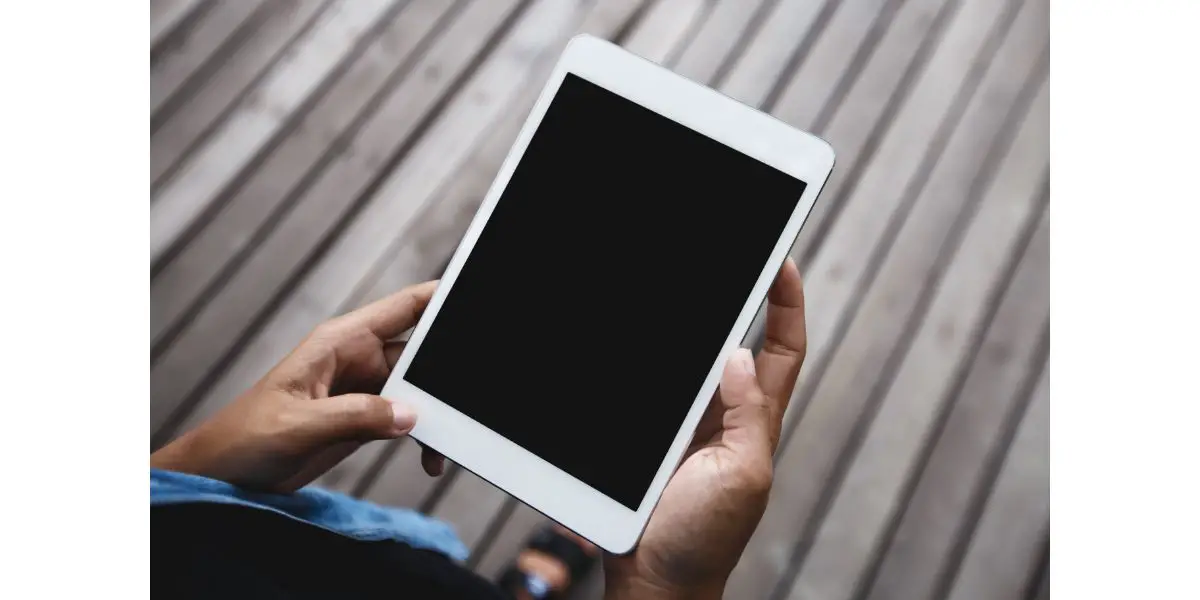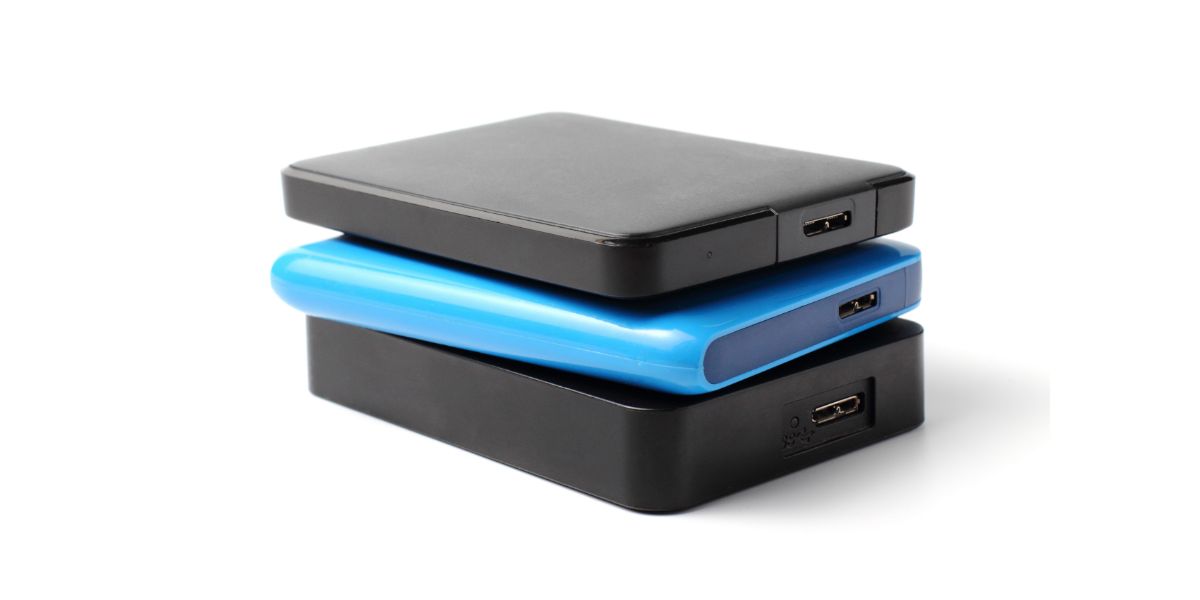Disclaimer: This post may contain affiliate links, meaning we get a small commission if you make a purchase through our links, at no cost to you. For more information, please visit our Disclaimer Page.
Tablets are useful devices that make your life easier; they’re more portable than a laptop and more practical than your smartphone. While they’re very easy to use, they’re not very good for storage. Have you ever wondered what kind of drives they use to store data and how they work?
Table of Contents
Do Tablets Have Hard Drives?
Storage is not the strongest point of tablets. Their portability and necessarily lightweight limit the size of the storage devices that they can fit. They require a slim and lightweight storage device that can fit in such small spaces.
Tablets don’t have hard drives because they don’t have the space and the battery power necessary for these storage devices to operate. Hard drives are made of moving parts that require a lot of space and a significant amount of electric current to work. Tablets use solid-state drives to store data.
Hard drives have been losing ground to solid-state drives in the past decade, but they are still a common and cheap storage solution. The reason why they are less popular nowadays is that they are larger, and they include moving parts, making them slower, noisier, and prone to damage.
It makes sense that tablet manufacturers would look for a better device than hard drives to solve the storage problem. Tablets require a storage device that doesn’t take up too much space and doesn’t spend a lot of energy.
How Is Data Stored on a Tablet?
Tablets use solid-state drives to store data. Solid-state drives are a newer generation of storage devices that use memory chips instead of a spinning magnetic disk. These chips are much more compact than hard drives, which makes them perfect for tablets.
The solid-state drives inside tablets are flat and small; their largest format measures up to only a couple inches (5 cm).
Furthermore, these storage devices have no moving parts, so they will not require as much energy to work. Solid-state drives save battery power, which is crucial for devices such as tablets or phones, which cannot run on AC all the time.
Solid-state technology is relatively new and understandably more expensive than hard drives. These high prices limit the potential of solid-state drives as tablet storage devices. The more storage a tablet SSD has, the more expensive it will be, increasing the cost of the tablet significantly.
As a result, most commercial tablets have low-capacity solid-state drives. Typically, you can find tablets with 16, 32, or 64 GB of memory; very rarely, you can find tablets with 128 GB capacity. If you only use your tablet for browsing or social media, the typical tablet capacity is more than enough for you.
However, if you’re dealing with large amounts of data and information, you may need a larger capacity that a typical tablet SSD may not be able to provide. As mentioned above, memory is a common issue with tablets.
If you need more storage capacity than your tablet can offer, you can use an external storage device to help you. There are plenty of options for you to consider, including external hard drives, which are cheap and practical.
Can Tablets Connect to an External Hard Drive?
If you need to store a lot of information and your tablet isn’t cutting it with its own SSD, you can connect it to an external hard drive. You only need a cable with a USB-A or a USB-C port to connect both devices. For some particular tablets, you might need an adapter.
External hard drives typically have a USB-A port that allows them to connect to computers, laptops, and tablets. On the other hand, tablets have different types of ports, depending on the brand and the model.
For instance, some iPads may only have a lightning port, while more recent models have a USB-C port. Some Android tablets have USB-C ports, too, but others have micro-USB ports. You need to pay attention to the specific model you have and its ports so that you can choose the correct USB cable to connect your tablet to an external hard drive.
Once you figure out how to connect these two devices, you can use a hard drive to store anything you want from the tablet. Nowadays, hard drives are cheap and lightweight, allowing you to take the drive with you wherever you are and use it as you see fit.
How To Connect Tablet to External Hard Drive
Connecting your tablet to a storage device such as a hard drive is pretty easy and only requires a few seconds once you have the correct cable to connect the two devices. If you have an Apple or Android tablet that has a USB-C port, follow these steps:
- Get a cable with USB-A, and USB-C ends.
- For Apple tablets, check if you have iOS 13 or a later version; if not, update your iOS.
- Connect the two devices, connecting the USB-A end to the external hard drive and the USB-C end to the tablet.
- The devices are connected; check on your tablet for extra storage space.
If you have an iPad with a lightning port or an Android tablet with a micro-USB port, you may need to take an extra step:
- Get a cable with USB-A ends.
- Get an adapter; for iPads, you need a lightning-to-USB adapter, while for Androids, you need an On-The-Go (OTG) adapter.
- Plug the adapter into the tablet port.
- Connect the USB cable to the adapter.
- Connect the other end of the USB cable to the USB-A port of the hard drive.
- The connection has been made, and you can use the hard drive for storage.
This is the process with most tablets nowadays, but the situation might differ if you have a very old iPad or Android tablet. The previous versions of iPads made it impossible to connect to an external drive, while older Android tablets required you to root the device; rooting was a process that allowed users to access administrator privileges on the device and change different settings.
Conclusion
Tablets don’t have hard drives because they don’t have the space and battery power, so they use solid-state drives. If you want to have more space for data, you can connect your tablet to an external storage device, such as an external hard drive using a USB cable.


